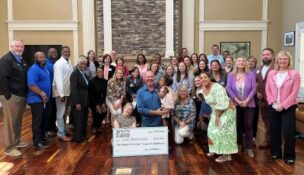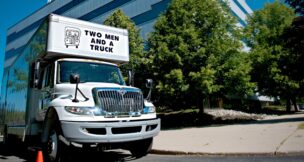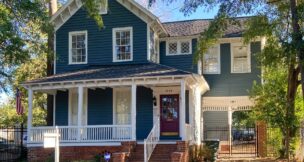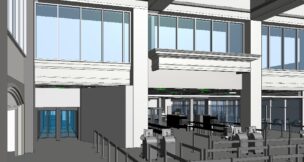Robert Braddock, recipient of the Distinguished Flying Cross, to speak of Vietnam service
CRBR Biz Wire //December 21, 2023//
Robert Braddock, recipient of the Distinguished Flying Cross, to speak of Vietnam service
CRBR Biz Wire //December 21, 2023//

COLUMBIA, S.C. – Robert L. Braddock likes to talk to people – from schoolchildren to adults – about his service in Vietnam.
He wasn’t traumatized by his war experience, although he lost 40 percent of his hearing. In his talks, he has no grand political points to make, beyond being proud to have served his country in battle. He speaks of being a poor boy who wanted an education, and the Army helped him get that. He joined, he became an officer and a pilot, he went to Vietnam, and he earned the Distinguished Flying Cross.
He will tell his story in a free lecture at noon on Friday, Jan. 12, at the South Carolina Confederate Relic Room and Military Museum in Columbia. The program is open to the public, and is presented in connection with the museum’s sprawling, unique exhibit, “A War With No Front Lines: South Carolina and the Vietnam War, 1965-1973.” It is part of the museum’s regular Lunch and Learn series.
Braddock is from Society Hill. “Dad was a sharecropper – the poorest of the poor. He has a lot to do with what I am today. I wanted a college degree.” He left home at 16, having “decided to join the Army, save my money and go back to the Berry School” in Rome, Ga., an institution dedicated to helping young people afford an education. He would stay in the Army 20 years, and gain his education “piecemeal” during his service, finishing at Coker College when he got out.
He served two tours in Vietnam – from August 1967 to August 1968, and then from July 1969 to July 1970. “The first time I went over, I mainly flew Chinooks – those big, eggbeater-looking ships that can lift almost anything.” When not flying, he served as his unit’s assistant operations officer and aviation safety officer.
He was stationed that whole year at Bearcat Base, near the city of Biên Hòa. He didn’t fly that often directly into combat. The big, expensive Chinook, and the five men on board, were considered too valuable to risk. Normally, his aircraft “flew in secure areas. We did pickups in outlying areas and took them to a rallying point, from which they went in in Hueys.”
He spent most of his second tour at Marble Mountain Air Facility, in Quảng Nam Province, five miles southeast of Da Nang. He found himself dealing with a variety of aircraft including the OV-1 attack plane and the classic workhorse of the war, the Huey. Then, he accepted command of a Chinook company, which took him back to Saigon.
Not all of his missions were as “safe” as those early flights with the Chinook. One night, he found himself in command of a flight of four helicopters, flying into combat in the dark and through rain. Four other aircraft had been sent that afternoon to resupply troops engaged in a fight in thick brush – the kind that required using dynamite to create a place to land. After hours of operation, the dark and rain had caused them to return to base.
Braddock’s four fresh helicopters and crews replaced them, continuing the mission. They flew sortie after sortie, flying in ammunition. When time came to head home, the conditions prevented them from finding their way on their own, and they had to be guided back, blind, by radar.
That’s what led to the Distinguished Flying Cross.
“I maintain that the Lord was by my side at all times,” he recalls now. He was never wounded, although his aircraft were hit six times.
“I love our country,” he tells anyone who wants to know. He is glad to have had the chance to serve.
About the South Carolina Confederate Relic Room and Military Museum
Founded in 1896, the South Carolina Confederate Relic Room and Military Museum is an accredited museum focusing on South Carolina’s distinguished martial tradition through the Revolutionary War, Mexican War, Civil War, Spanish-American War, World Wars I and II, Vietnam, the War on Terror, and other American conflicts. It serves as the state’s military history museum by collecting, preserving, and exhibiting South Carolina’s military heritage from the colonial era to the present, and by providing superior educational experiences and programming. It recently opened a major new exhibit, “A War With No Front Lines: South Carolina and the Vietnam War, 1965-1973.” The museum is located at 301 Gervais St. in Columbia, sharing the Columbia Mills building with the State Museum. For more information, go to https://crr.sc.gov/.
n















